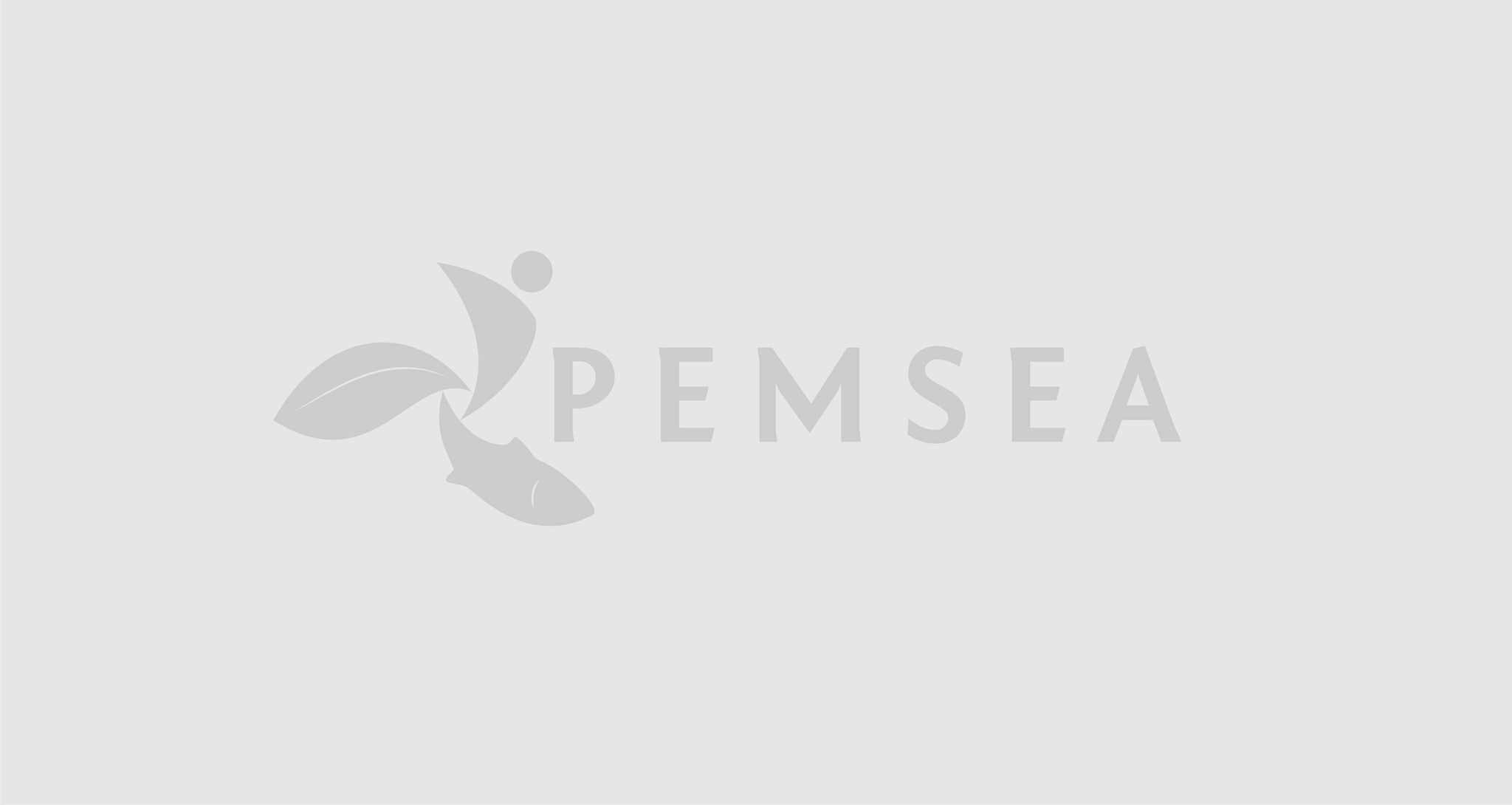Coastal Community Gears up to be an Eco-Village
Wednesday, 7 May 2008

Sihanoukville, Cambodia — Almost an hour away from downtown Sihanoukville — through the bumpy stretch of unpaved road off Highway No. 4 — lies Village 3 in Sangkat Tonorolok. It is a small fishing village in Stung Hav, the site of the follow-through project of the Small Grants Programme (SGP)-PEMSEA Joint Communiqué that seeks to "build" an eco-village. The pilot village of 200-250 families is located near the freshwater reservoir — currently being completed with funding support from the UNDP TRAC fund and GEF SGP Cambodia. Aside from providing freshwater sources for agricultural production, the reservoir is also being eyed to be a lagoon-like tourist attraction.
The recently-approved project under the Communiqué will complete the picture for an eco-village. As a community that thrives on sustainable environmental practices and food sufficiency, the project will initiate a community-based waste management facility including an onsite, low-cost wastewater treatment and a solid waste management scheme. Stung Hav is not currently being serviced by the CINTRI waste company but it is willing to provide technical support to establish a solid waste management system for the 934 families within the target community. Further, the livelihood component is expected to improve the potential for vegetable production to increase food supply in the community. As an off-site community, food is relatively more expensive in Village 3, increasing reliance among families to fishing activities. This component is expected to reduce reliance to expensive food sources by the community and will provide initial start-up capital for some families to get into provision of tourism goods and services as supplemental livelihood activities. Aside from access to basic services, the families within the village will have to undergo capacity building and training activities. Ultimately, sustaining an eco-village entails more than providing basic services and facilities but in orienting the lifestyle and values system of community members to be consistent with sustainable development practices. This project complements the first initiative on Community-based Coastal Resource Management in Stung Hav. While communities expressed that the project was relatively successful in engaging communities to rehabilitate mangroves and coral reefs, there looms several threats that need to be addressed — marine pollution, contamination of drinking water, limited freshwater supply and insufficient food sources.



